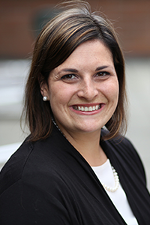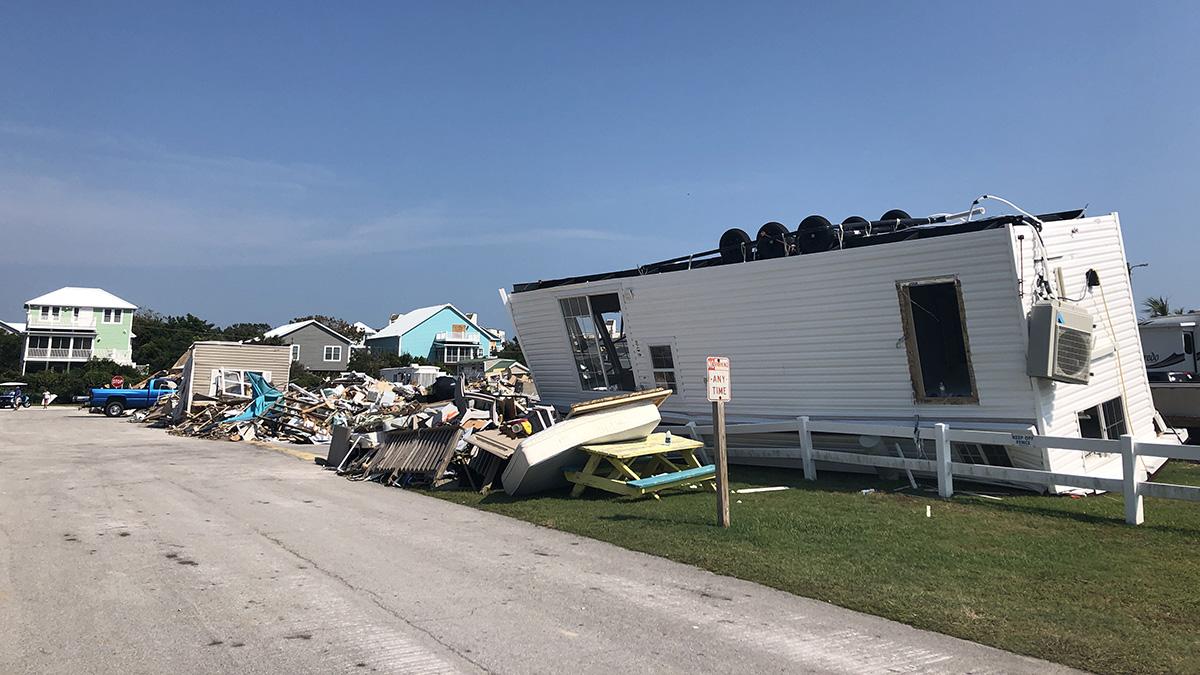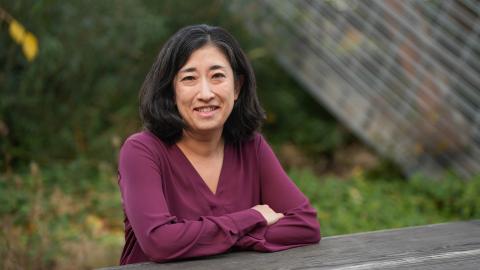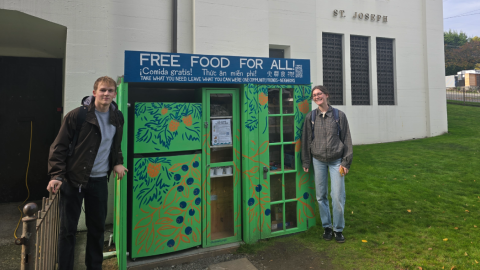From flood-damaged Houston to fire-ravaged Paradise, CA, Nicole Errett’s research takes her into the heart of communities trying to recover after catastrophe strikes.
As a disaster researcher and lecturer in the UW Department of Environmental & Occupational Health Sciences (DEOHS), Errett works with communities struck by hurricanes, floods and other disasters to gather data on how disasters affect public health.
In the past year alone, Errett or members of her research team have been on the ground following deadly Hurricane Dorian in North Carolina, the Camp Fire that devastated Paradise, wildfires in Washington’s Methow Valley and the site of recent earthquakes in Japan and New Zealand.
We talked with Errett this month as part of National Preparedness Month to learn how disaster research can help build community resilience and the important role that students play in her research.

How is disaster research different from other types of public health research?
To collect timely information, we have to respond rapidly, or we risk losing evidence that can inform future disaster preparedness, response and recovery by health departments, health care facilities, municipalities and communities.
If flood water recedes before we can test what’s in it, we lose that information. If we want to know why people made certain decisions during a disaster, we need to talk to them before they forget.
Ideally, researchers and communities have developed relationships in advance of a disaster, identified information needs that address both research and local response efforts and developed organizational mechanisms to safely integrate research into the disaster response.
What kind of research are you working on now?
We have a lot of work going on! We are working now on a study to understand factors considered by health care administrators in evacuation and closure decisions after the Ridgecrest earthquakes in California.
We are working in Eastern Washington to understand ways that communities respond during extreme, persistent wildfire smoke events.
Most recently, I worked with recent DEOHS graduate Annie Doubleday and colleagues in the UW College of Engineering to publish new research on how biking and walking data may be useful to understand the impact of a disaster on a community and its recovery progress, work we did in the aftermath of Hurricane Harvey.
Building on that work, we are now assessing what local health departments need to consider in planning for disaster recovery.
.jpg)
How do students participate in the work you do?
Working with students is one of the best parts of my job.
They bring energy and excitement, and they’re passionate about issues related to disasters. Students bring great ideas about new ways to apply theories and understand real-world disaster problems.
As more severe and frequent disasters are expected because of climate change, students see disaster research as one way that they can address the global climate crisis.
And, as disasters exacerbate existing inequities and vulnerabilities, they can use information generated by disaster research to inform improvements to everyday systems and services through the lens of community resilience.
My students have dived right in; they are doing literature reviews, writing grants, analyzing data and publishing papers. They’re just integrated into everything we do.
What can disasters teach us?

As scientists, we have a lot of questions about impacts to physical and mental health, health care systems and public health infrastructure.
We are also interested in what influences those impacts, and how preparedness, response and recovery strategies can reduce them.
At the same time, communities also have questions after a disaster. They want information about what happened and who was most impacted that can inform their approach to response and recovery.
If scientists and communities work together, we can collect information that serves both purposes and has multiple benefits, building an evidence base while also providing communities with information they need to build back better.
How do you see the field of disaster research evolving, especially as the threat of more extreme events increases with climate change?
It’s important to build our disaster research capacity, and that’s something I am focused on as the chair of the new disaster research response working group of the National Institute of Environmental Health Sciences.
We also need to think about how we can become better prepared to do disaster research by working with communities, identifying information needs and setting up protocols, procedures and networks that can be rapidly activated when disasters occur.
If we look at all the possible outcomes of a disaster—mental health effects, injuries, infectious disease, impacts to health infrastructure and the built environment—and plan for those in advance, that can allow us to activate those protocols and networks to answer important questions based on effects that are unique to each disaster.




